Apple Tree Pollinators Explained: How Compatibility and the Right Partners Boost Your Harvest
Growing productive apple trees starts with understanding pollination. Most apple tree varieties require cross pollination from a compatible partner to set fruit, and knowing how apple tree pollinators, bloom times, and chill hours work together can make the difference between a light crop and a successful harvest. This guide explains how apple tree pollination works, how to pick the best pollinator apple trees, and how to use an apple pollination chart or pollinating apple trees chart to choose varieties that bloom at the same time.
If you’re selecting a new apple tree variety, be sure to review helpful resources like choosing the right apple tree for your garden, tree size and rootstock options, and climate and soil compatibility.

How Apple Tree Pollination Works
Why Pollination Matters
Pollination occurs when insects—mainly bees and other pollinators—transfer pollen from one flower to another. When compatible varieties of apple bloom together, the flowers apples pollinates successfully and produce larger, better-quality fruit.
Most apple trees are not self-fertile; they need a companion tree because trees require pollen from a different variety for successful pollination. Some are even triploid varieties, which cannot pollinate other trees at all.
Key Pollinators
The most effective pollinators are:
- Honeybees
- Native bees
- Bumblebees
- Solitary bees
While wind and other animals may contribute, bees are the primary tree pollinators in any apple orchard.

Choosing Compatible Apple Varieties
Matching Bloom Times
To ensure proper cross-pollination, select compatible apple varieties with bloom times that overlap during the blooming period. A good pollinator for apple trees must flower at the same time as the target variety.
Tools like a best apple trees for pollination compatibility chart, apple tree pollination chart, or apple pollination chart help you easily identify good partners.
Popular Apple Variety Pairings
Here are dependable pairs that work in many USDA zones:
- Granny Smith ↔ Gala
- Fuji ↔ Gravenstein (great with early bloomers)
- Golden Delicious ↔ Honeycrisp apple
- Honeycrisp ↔ Red Delicious
Using Crabapple Trees
A crabapple tree is one of the best apple tree pollinators because it produces abundant, long-lasting blooms. Almost all crabapples pair well with common apple varieties.

Enhancing Pollination Success
- Plant trees 15–25 feet apart to ensure bees easily move between them.
- Grow plants that attract pollinators such as lavender, wildflowers, and herbs.
- Avoid pesticides during bloom.
- Keep trees healthy through proper pruning, fertilizing, and watering. Learn more about how to fertilize apple trees for strong flower development.
To prevent pest issues that affect blossoms and fruit, see this guide on worms in apples.
For more apple-growing support, explore bare-root apple trees and inspiration from Star Apple Garden.
Conclusion
Great pollination begins with choosing apple trees that bloom at the same time, selecting reliable pollinators like bees, and pairing compatible varieties. Whether you want crisp Honeycrisps, tart Granny Smiths, or heritage apples, the right pollinator partners ensure steady production and healthier orchards year after year.


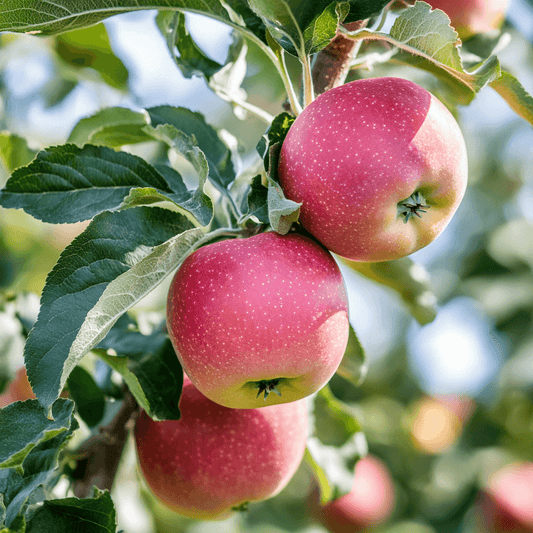
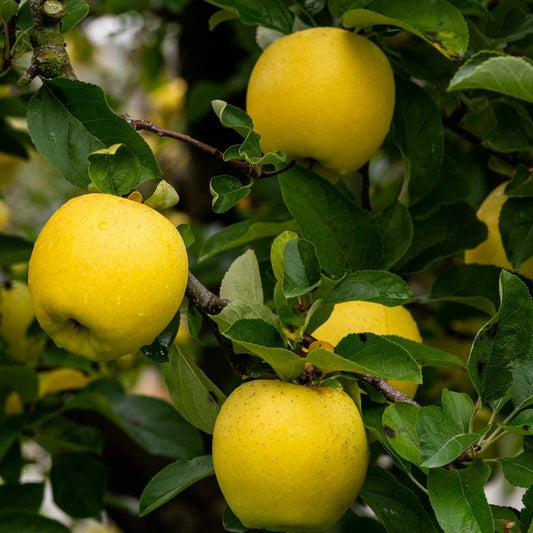
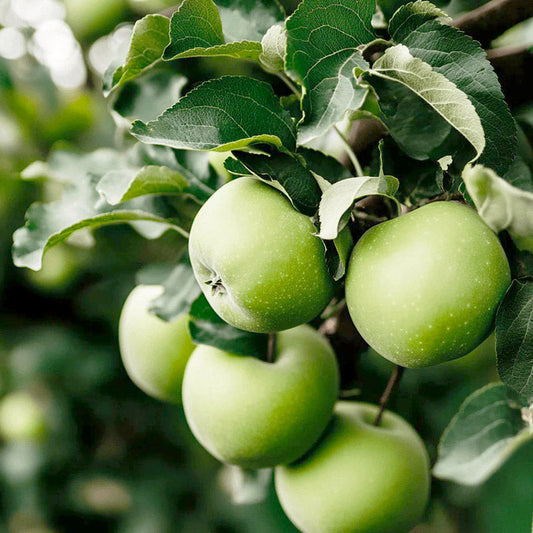
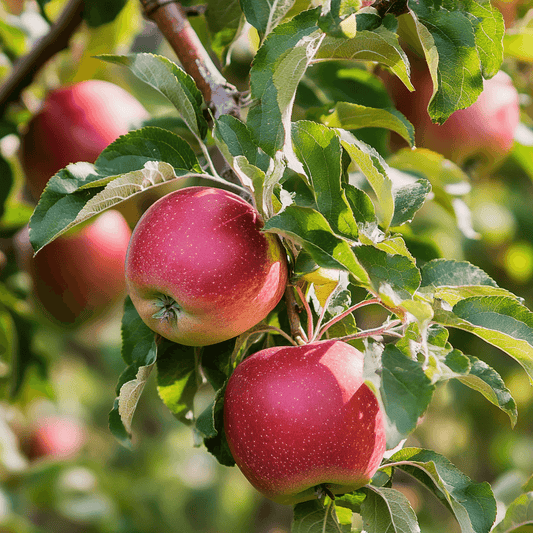
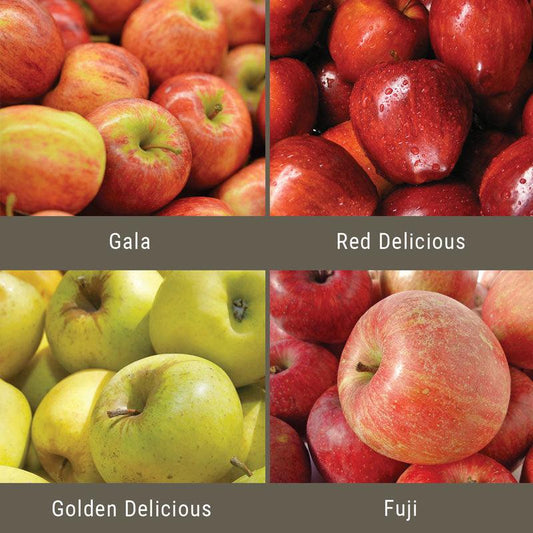
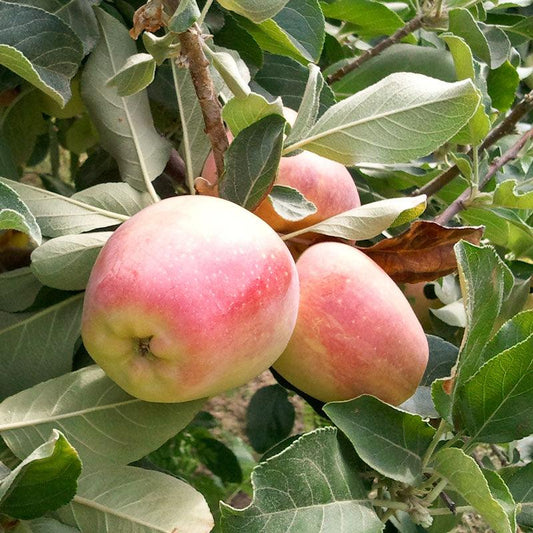
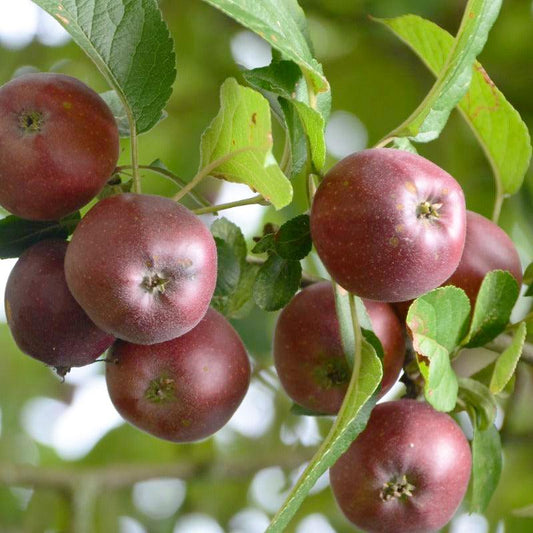
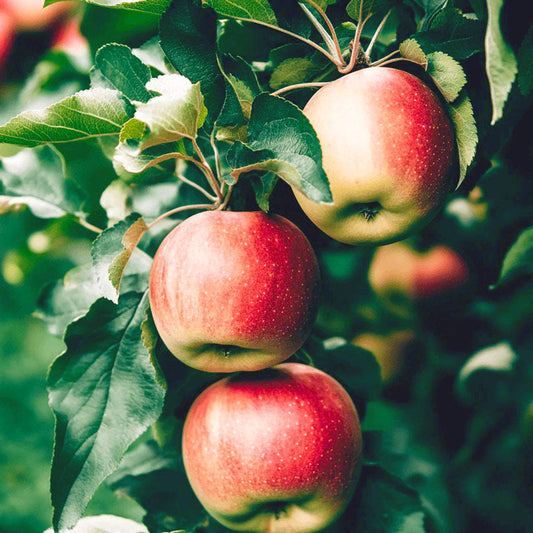
1 comment
Very good information. It will help me in my apple farming in Kenya